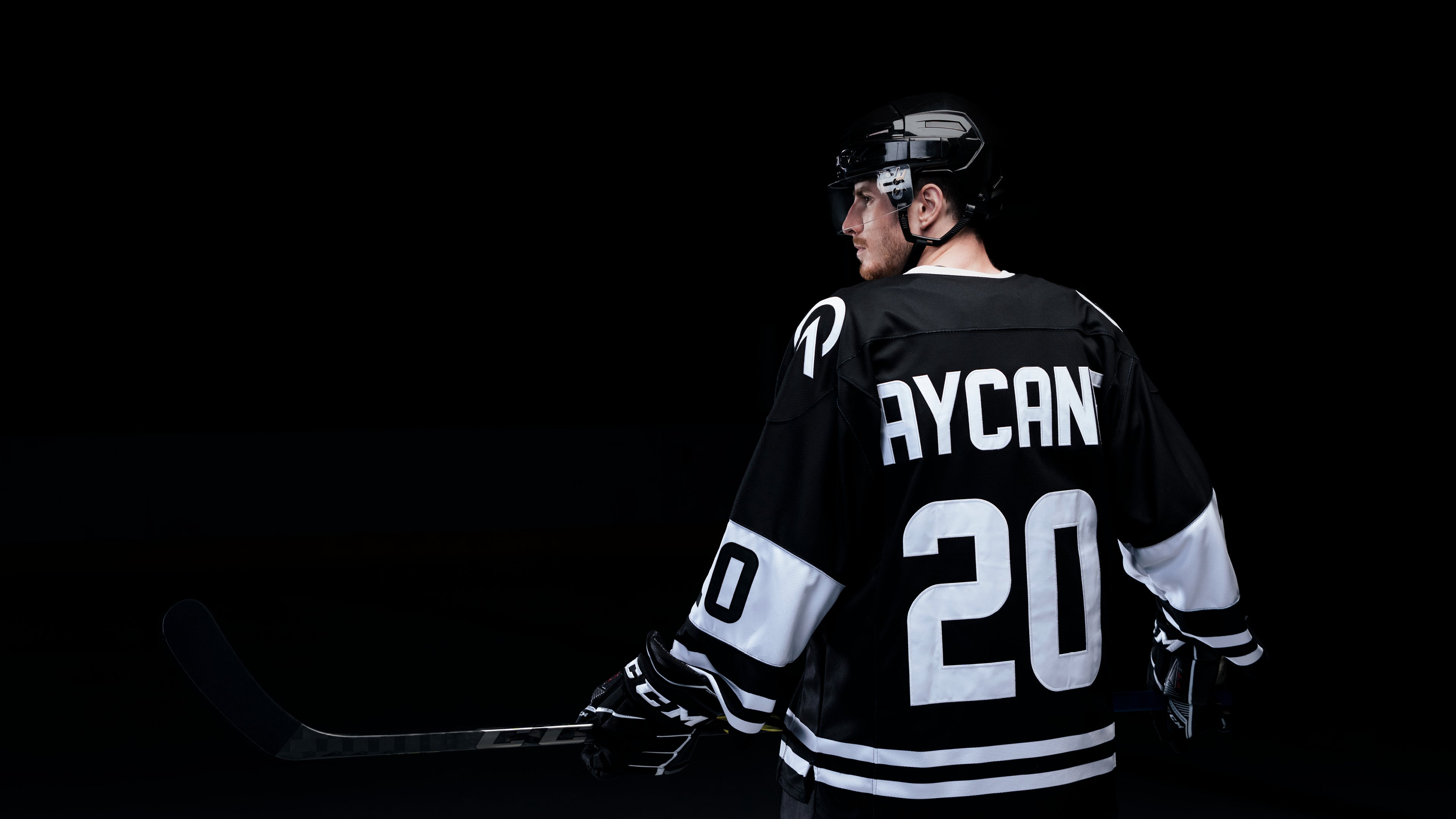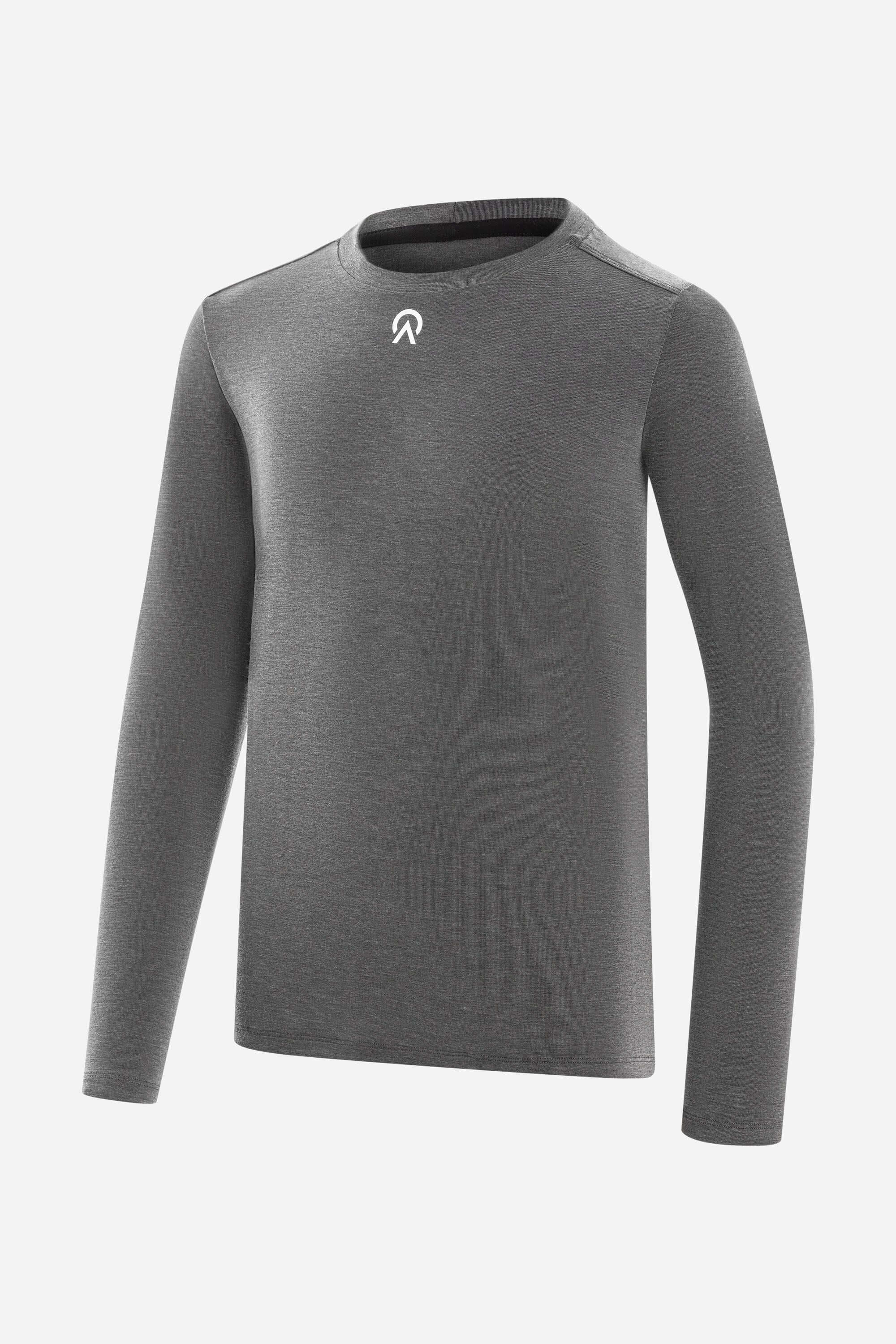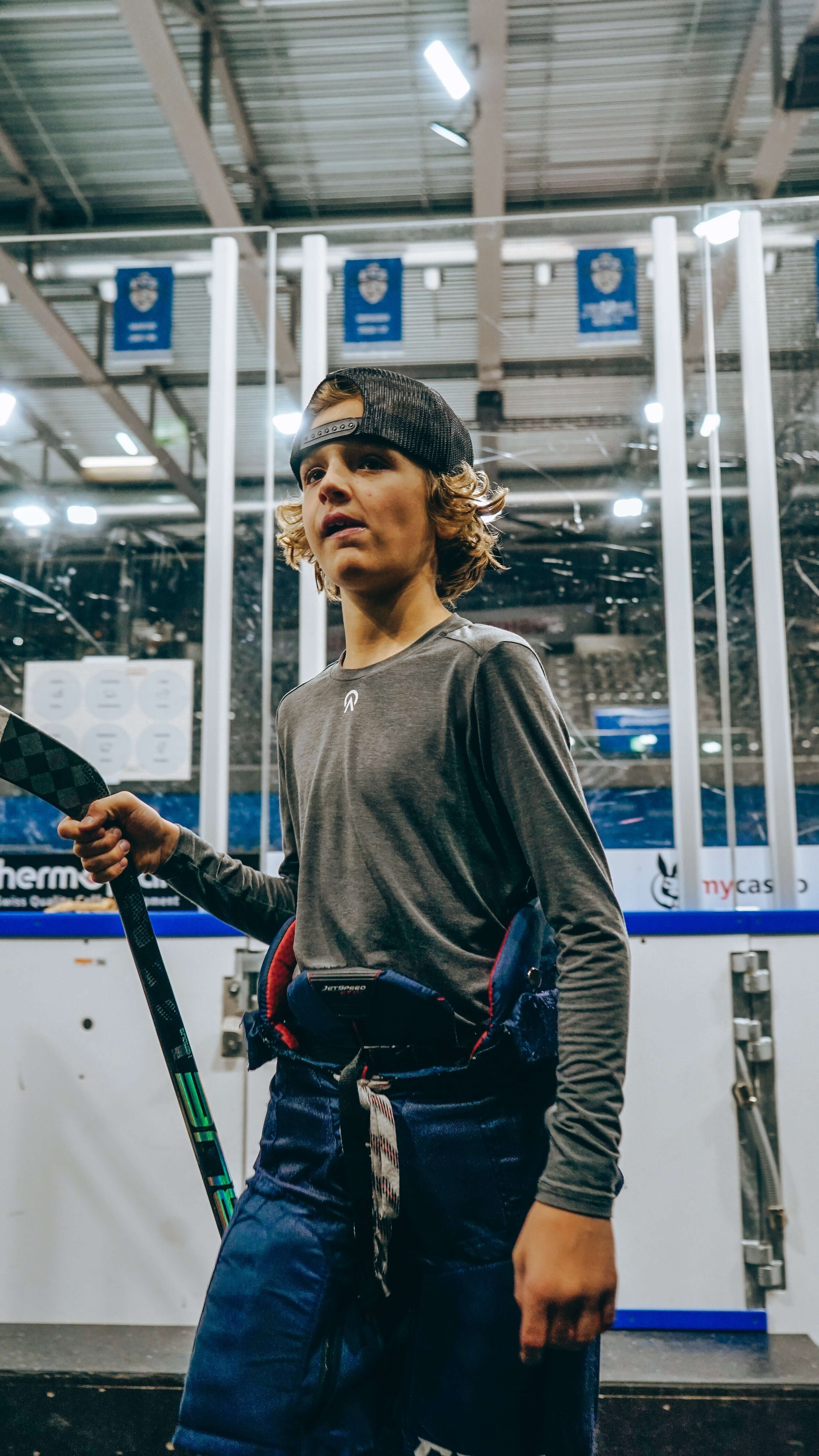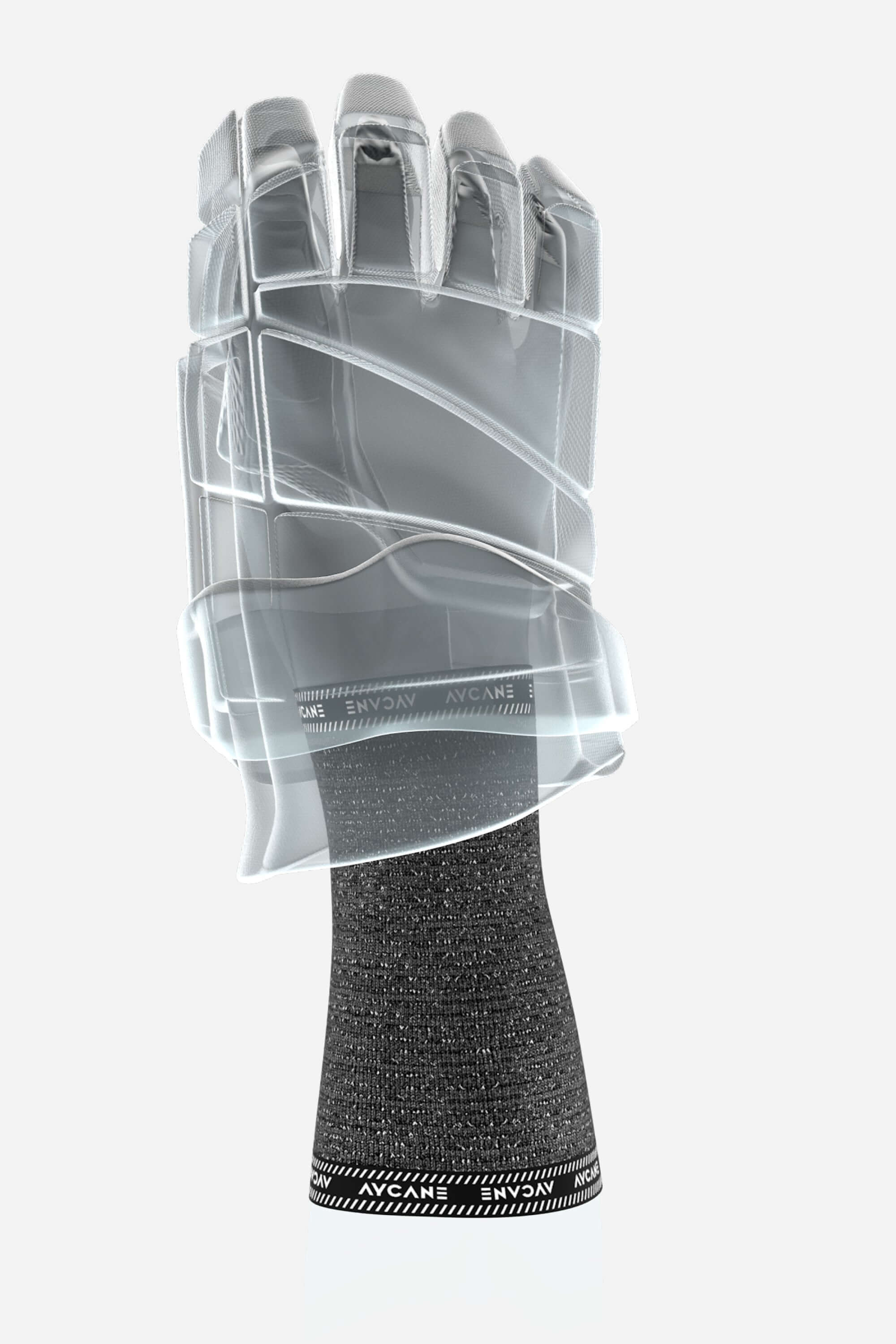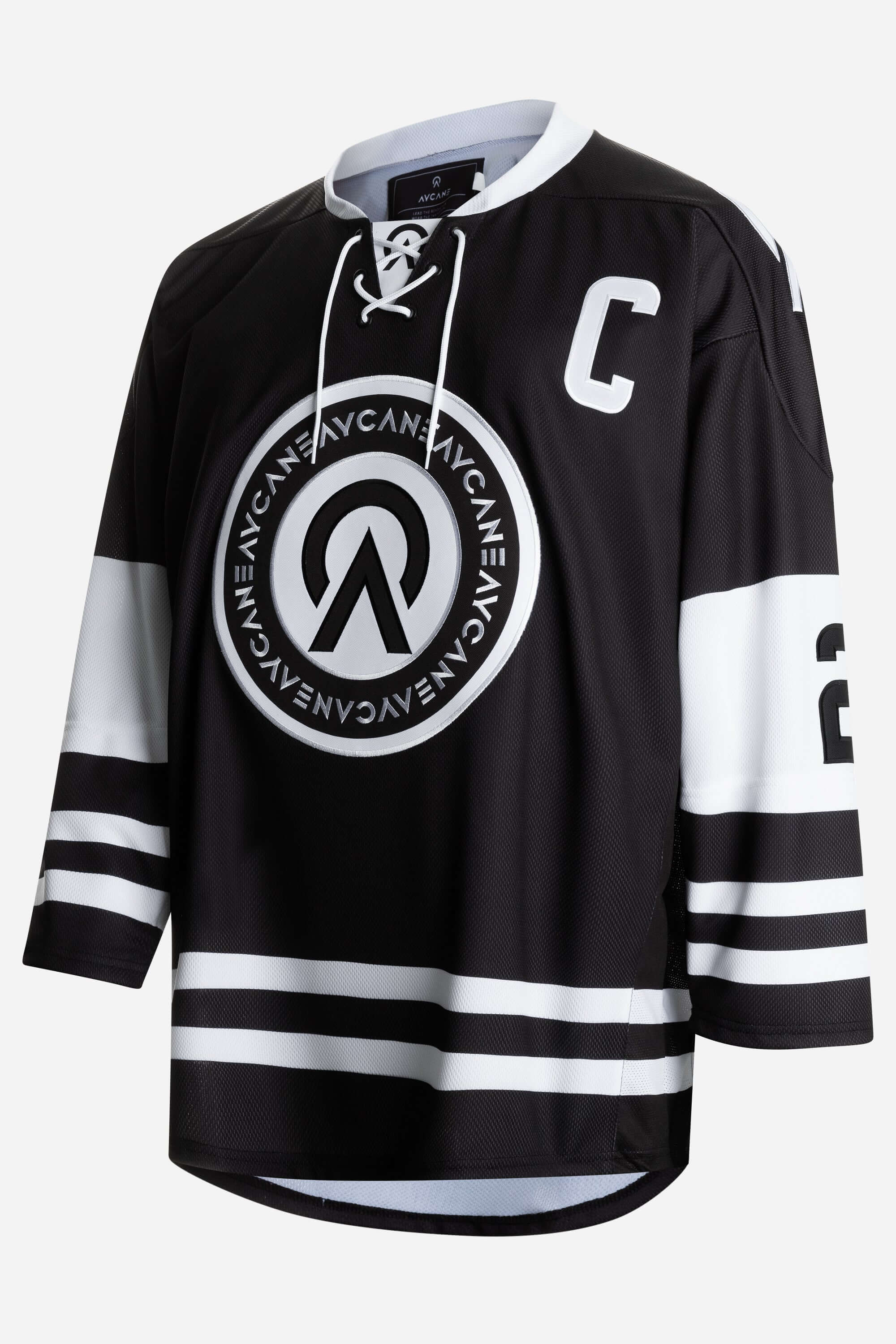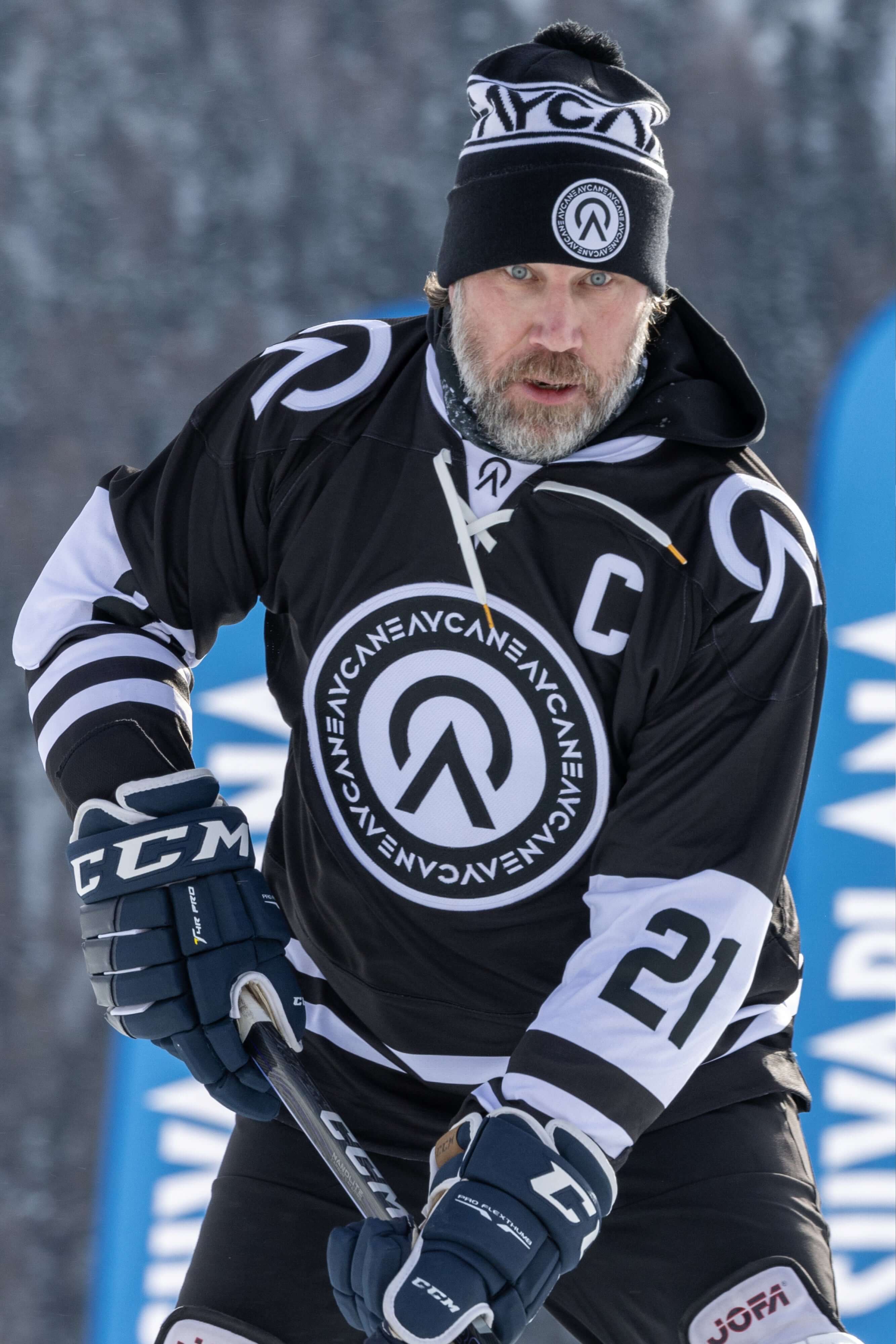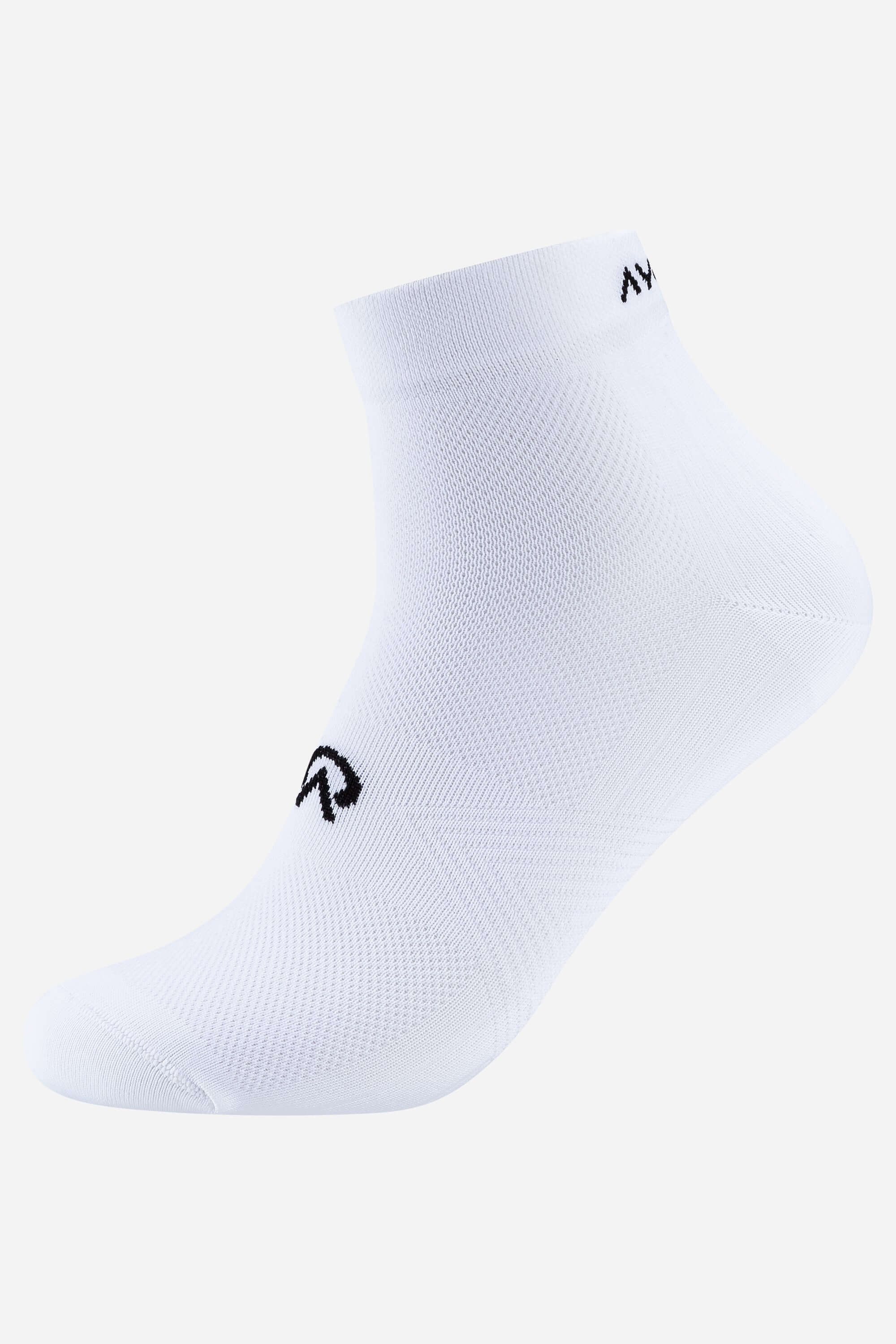Team Talk: Building Camaraderie on and off the Ice
Ice hockey is more than just a sport; it's a brotherhood, a sisterhood, a community bound together by a shared passion for the game.
While the adrenaline-pumping action on the ice may be the main attraction, the foundation of any successful hockey team lies in the camaraderie built both on and off the rink. In this blog post, we delve into the importance of team talk and how it plays a crucial role in fostering a sense of unity among players.

On the Ice: Communicating Without Words
Communication is key in any team sport, and ice hockey is no exception. On the ice, players engage in a unique form of non-verbal communication that goes beyond words.
A quick glance, a nod, or a tap of the stick – these are the subtle cues that signify a well-oiled team in action. Understanding your teammates' movements and intentions becomes second nature, creating a seamless flow of play.
But it's not just about the unspoken language of the game. Effective verbal communication on the ice is equally essential.
From calling out plays to providing encouragement during challenging moments, a team that communicates well on the ice is better equipped to navigate the fast-paced nature of hockey.
Off the Ice: Building Bonds Beyond the Boards
While victories are sweet, it's the off-ice bonds that truly define a team. Teammates who forge connections beyond the confines of the rink are more likely to trust and support each other during the heat of the game.
Team building activities, whether they involve community service, bonding trips, or shared experiences, create a foundation of friendship that translates into a stronger, more cohesive team dynamic on the ice.
Off-ice camaraderie also extends to the locker room – the sacred space where victories are celebrated, defeats are analyzed, and laughter echoes.
It's in these moments that inside jokes are born, and team traditions take root, creating a unique team culture that sets one squad apart from the rest.
The Coach's Role: Fostering Unity and Trust
Coaches play a pivotal role in nurturing camaraderie within a hockey team. Beyond focusing solely on individual skills and strategy, a coach must be attuned to the team's dynamics.
Implementing team-building exercises, fostering open communication channels, and encouraging a supportive atmosphere are essential elements in building a team that operates as a cohesive unit.
The Ripple Effect: Camaraderie in Action
When camaraderie is ingrained in a team's culture, the positive effects are palpable. Players are not just teammates; they become friends who understand each other's strengths and weaknesses, both on and off the ice.
This shared understanding translates into improved on-ice performance, as players instinctively know where their teammates will be and how they will react in any given situation.
Summary:
Team talk goes beyond the strategic discussions in the locker room or the calls on the ice. It's about building a family, a support system that transcends the boundaries of the rink.
A team that communicates effectively, trusts one another, and genuinely cares for each member is not just a collection of skilled players – it's a powerhouse of potential, ready to conquer any challenge that comes its way. So, lace up those skates, hit the ice, and let the echoes of team talk propel your squad to new heights!
IF YOU LIKE THIS BLOG POST, YOU MIGHT ALSO LIKE...

